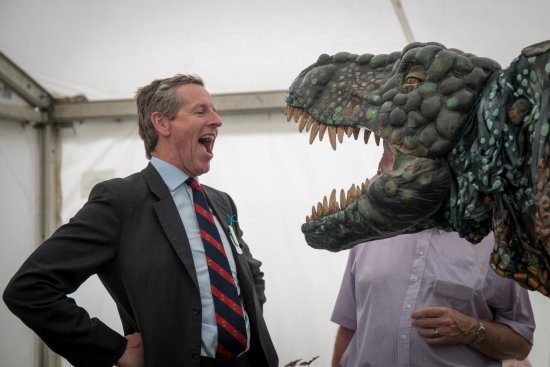
It's down to a little thing called closed-mouth vocalization
Not only did some dinosaurs have feathers, but according to new research the prehistoric creatures may have emitted coos or mumbles instead of mammalian roars.
After a comprehensive review of vocal data from bird and crocodile species, scientists from universities in Arizona, Texas, Utah and Canada found that dinosaur sounds may be what they call a “closed-mouth vocalization.” According to the research published in Evolution, a similar example would be the coos of a dove, in which sounds are emitted through the skin and neck area while the beak is kept closed.
“Looking at the distribution of closed-mouth vocalization in birds that are alive today could tell us how dinosaurs vocalized,” Chad Eliason from The University of Texas Jackson School of Geosciences and the study’s co-author said in a statement. “Our results show that closed-mouth vocalization has evolved at least 16 times in archosaurs, a group that includes birds, dinosaurs and crocodiles. Interestingly, only animals with a relatively large body size (about the size of a dove or larger) use closed-mouth vocalization behavior.”